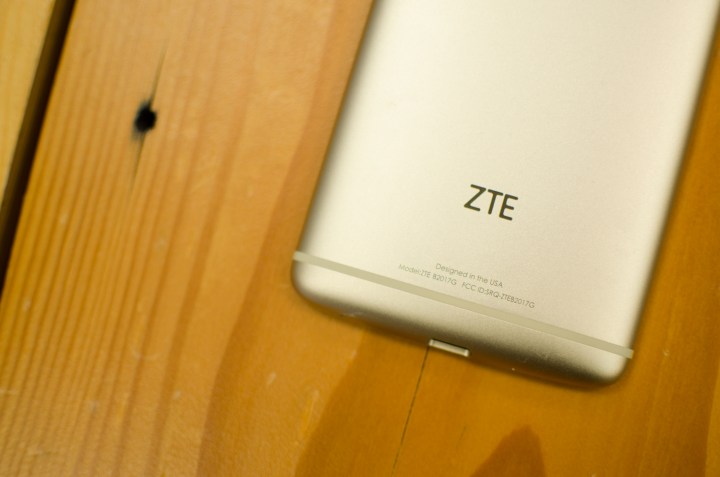
The device is called the ZTE V870 and will likely only launch in China and other emerging markets. According to reports, the phone is said to be affordable with decent specs.
So what are those specs? Well, for starters, the phone offers a Qualcomm Snapdragon 435 processor, which is decidedly a midrange chip. That chip, however, is coupled with 4GB of RAM — a figure you really only find in flagship phones these days.

Apart from the processor and RAM, the phone boasts a 1,080 x 1,920 display that sits in at 5.5 inches. It also offers a somewhat large 64GB of storage, which can be expanded upon through the microSD card slot. The camera on the phone comes in at 16MP and offers a f/2.0 aperture and an LED flash. The front-facing camera comes in at 8MP, which is pretty decent. Last but not least is the battery, which comes in at 3,000mAh.
The design of the phone is pretty standard, but that is not necessarily a bad thing. On the back, you will find a camera sensor and right under it, you will see the fingerprint sensor. On the top, you get a headphone jack, while the bottom houses the USB-C connection.
When it comes to software, the phone offers Google’s latest and greatest version of Android, Android 7.0 Nougat. But how much does it cost? Well, reports indicate that it sits in at 2,699 Yuan or $400 — which is a little pricey for a Snapdragon 435-powered phone.
ZTE has been on a roll of late and while it will continue to launch China-only phones, perhaps more of its devices will start making their way to the U.S.



